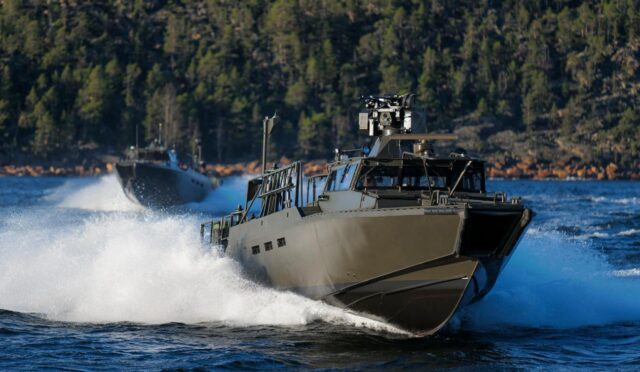Ukrainian Laser Weapon: A New Era in Defense Technology
In a groundbreaking announcement, a Ukrainian military commander has revealed the successful deployment of the nation’s first laser weapon on the battlefield. Vadym Sukharevskyi, commander of Kyiv’s Unmanned Systems Forces, stated that this advanced technology can effectively target specific objects, saying, “I will repeat: laser technologies are already striking certain targets at certain altitudes.” However, details such as the exact date and location of the weapon’s deployment remain undisclosed.
The newly introduced laser weapon, known as “Tryzub” or Trident, positions Ukraine as the fifth nation worldwide to possess such technology, as confirmed by Sukharevskyi in December 2024. With an operational range of approximately two kilometers (1.24 miles), Tryzub represents a significant leap in Ukraine’s military capabilities, particularly in the context of modern warfare.
A Strategic Shift in Air Defense
The introduction of the Tryzub laser weapon marks a strategic shift in Ukraine’s approach to enhancing its air defense systems, especially against the growing threat of drone attacks. This move reflects Kyiv’s determination to invest in cutting-edge military technology to maintain a competitive edge on the battlefield as it navigates the complexities of contemporary warfare.
As Russia increasingly deploys sophisticated unmanned aerial vehicles, including Iranian-supplied Shahed drones, to target Ukrainian military assets and critical infrastructure, the need for advanced defense mechanisms has never been more pressing. However, defense expert James Black from RAND Europe cautioned that the current deployment of the laser weapon might be limited and primarily experimental. He pointed out several challenges Ukraine faces, including the integration of the laser system with existing air defense resources, ensuring a consistent energy supply, and maintaining operational effectiveness in adverse weather conditions.







